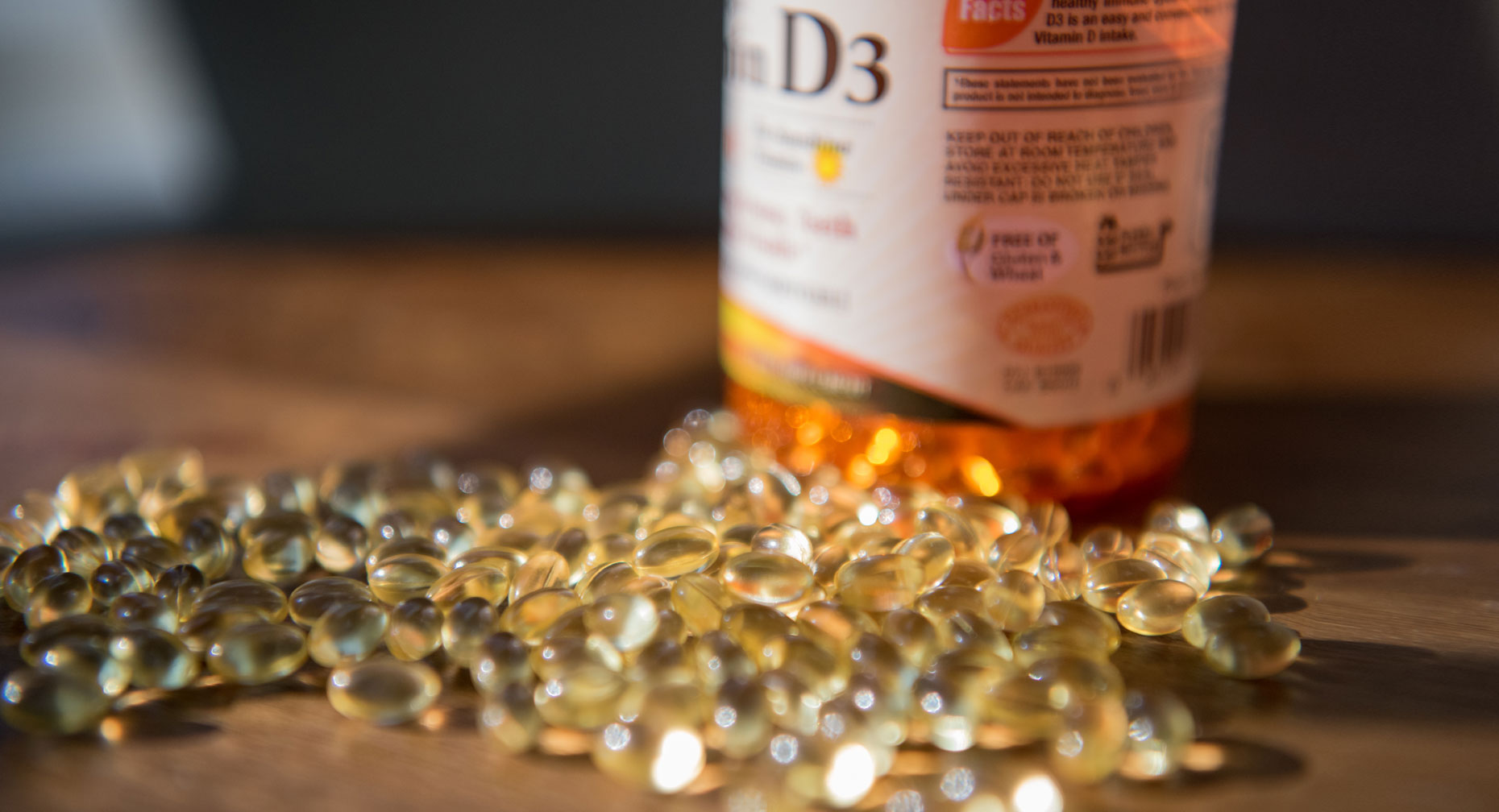Vitamin D: A Powerhouse Nutrient

Answer a few questions and we'll provide you with a list of primary care providers that best fit your needs.
Vitamin D is an essential nutrient your body needs to build strong bones, to promote growth and development and to strengthen the immune system.
Yet many of us do not get enough of this vital vitamin. Recent studies reported in Nutrition Journal show that nearly 40 percent of U.S. citizens are deficient in vitamin D, which your skin makes from the sun’s ultraviolet rays.
Especially during fall and winter, people should think about how they get their vitamin D, says Joshua Ordway, MD, Franklin Family Practice.
“In Ohio we get eight months of cloudy, dreary weather and a lot of people don't get the sun they need,” says Dr. Ordway. “We need to rely on diet, but most of us do not get the fish, eggs and vitamin D-fortified milk we need.”
Diet, supplements, regular exercise, a healthy weight and outside time a few times a week will help your body make and absorb the vitamin D it needs.
Fuel for Your Body’s Movements and Defenses
Vitamin D can be found in cells throughout the body, says the National Institutes of Health (NIH). It helps the body absorb calcium, which is needed for strong bones and many other functions. Vitamin D also:
- Gives the immune system strength to fight bacteria and viruses.
- Helps muscles move by carrying nerve signals between the brain and every body part.
- Protects against conditions such as diabetes, high blood pressure, and colon, prostate and breast cancers.
- Fights osteoporosis in older adults
Damaging Deficiency
Too little vitamin D or celiac disease.
Seemingly healthy adults also are often vitamin D-deficient, says Dr. Ordway. People who are fatigued and even a little depressed often are lacking vitamin D. Dr. Ordway says he makes a diagnosis about once a week.
Lack of vitamin D can also cause bone pain and muscle weakness, but symptoms are usually subtle.
What’s causing the uptick in vitamin D deficiency? Dr. Ordway says our sedentary jobs and sun avoidance to prevent skin cancer are keeping us inside more often.
Too little vitamin D in children can cause rickets, a condition where bones become soft. In adults, the same condition is called osteomalacia. This can cause bones to bow and fracture.
Learn the Best Forms of Vitamin D
The best way to get the vitamin D you need is from food. Your doctor may also recommend adding a vitamin D supplement to your diet. Many foods, like milk, breakfast cereals, orange juice and bread are fortified with vitamin D.
Other foods that are good sources of natural and fortified vitamin D include:
- Fatty fish like mackerel, salmon, sardines and tuna
- Oysters
- Tofu
- Eggs
- Dairy products like yogurt and cheese
- Castor oil
- Beef liver
- Margarine (some brands)
- Mushrooms
Vitamin D comes in two forms. New research shows that one is better than the other. Vitamin D-2 comes from plants and fungi. Vitamin D-3 is from fatty fish like salmon and tuna, and eggs
If you take a supplement to up your vitamin D levels, new studies say that vitamin D-3 is twice as effective at raising one’s vitamin D levels than vitamin D-2.
Too Much Vitamin D Can Be Toxic
Vitamin D is fat soluble, which makes it difficult for your body to flush out excess amounts. Too much vitamin D — just like too little vitamin D — can be harmful, says the Vitamin D Council. This can happen if you take 40,000 IU of vitamin D a day for a few months or longer, or if you take a very large dose all at one time.
Your liver processes vitamin D. When there is too much vitamin D, the liver makes a chemical called 25(OH)D. Too much 25(OH)D can increase the amount of calcium in your blood. This condition is called hypercalcemia. Symptoms include:
- Feeling sick
- Feeling confused
- Fatigue
- Poor appetite
- Strong thirst
- Frequent urination
- Constipation or diarrhea
- Abdominal pain
- Muscle pain and weakness
- Bone pain
People with hyperparathyroidism and sarcoidosis are at risk for hypercalcemia even with low vitamin D levels.
A vitamin D level of 150 ng/ml is considered potentially toxic.
Know the Dose You Need

How much vitamin D do you really need? It depends on your age and your life stage.
The NIH recommends these daily guidelines:
- Birth to 12 months: 400 IU
- Age 1 to 18: 600 IU
- Adults age 19-70: 600 IU
- Adults older than 71: 800 IU
- Pregnant or breastfeeding women: 600 IU
Dr. Ordway recommends adults take a daily vitamin D supplement of 1,000 units, to ensure that enough of the nutrient gets absorbed.
Some medicines reduce how much vitamin D and calcium are absorbed by the body, such as:
- Prednisone and other corticosteroids
- Weight-loss drug Orlistat
- Cholestyramine, a cholesterol-lowering medicine
- Medicines for epilepsy (phenobarbital and phenytoin)
To maintain your body’s vitamin D levels, talk with your doctor about a combination of approaches. Diet, supplements, regular exercise, a healthy weight and outside time a few times a week will help your body make and absorb the vitamin D it needs.
Answer a few questions and we'll provide you with a list of primary care providers that best fit your needs.
Source: Joshua Ordway, MD, Franklin Family Practice; National Institutes of Health; American Academy of Pediatrics; U.S. Office of Disease Prevention and Health Promotion; University of Surrey, United Kingdom; Vitamin D Council


